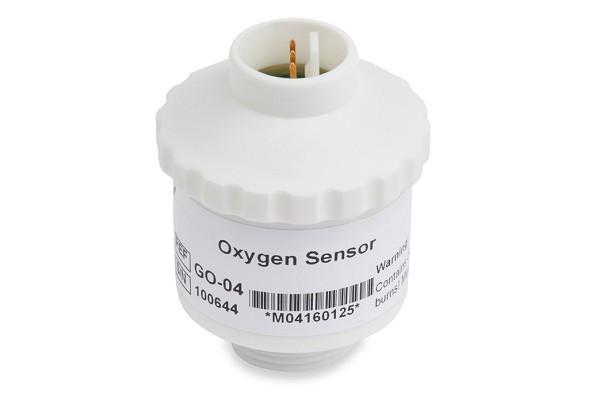They might only be tiny, but oxygen sensors are some of the most important medical technologies that exist today. Many of us don’t even know what they’re used for, let alone how they work. In this short guide, we’ll be sharing the basic uses and functions of medical oxygen sensors in the healthcare industry.
How medical oxygen sensors work
We’ll tell you now that from our research into the exact workings of an oxygen sensor, things get complicated, fast. In the simplest terms, medical oxygen sensors detect a patient’s blood oxygen saturation, and provide a consistent reading that can guide a medical professional in treatment, and even stimulate treatment from another machine or application without the need for human intervention.
Uses of medical oxygen sensors
Medical oxygen sensors like the teledyne oxygen sensor are used mainly for patient monitoring and treatment. They’re used in anesthesia machines, ventilators and incubators to read a patient’s blood oxygen and determine how much supplemental oxygen they require.
They can then trigger the machine to deliver the exact amount of oxygen that the patient needs to survive. All of this can be done automatically, allowing healthcare staff to focus on other aspects of the patient’s treatment.
There is another commonly used type of medical oxygen sensor called pulse oximeter sensors. These sensors are placed inside clips, which are attached to a patient’s finger or earlobe, and can be used to measure a patient’s oxygen levels over a specific period of time.

Doctors can use them to determine whether a patient requires treatment going forward, but they’re generally not connected to a device that delivers oxygen.
Medical oxygen sensors for COVID-19
The reason why many of us are more familiar with oxygen sensors today is because of COVID-19. The virus affects the respiratory system and, in older or more vulnerable patients, it can cause respiratory problems like pneumonia.
In some cases, pneumonia can lead to life-threatning illness or death. Complications of pneumonia can lead to respiratory failure, and in COVID-19 patients who are ill with the condition, respirators are being used to prevent this outcome.
Respirators help a patient to breathe more comfortably by delivering the oxygen they are lacking straight into their lungs through their nose and mouth. While respirators can’t save lives, they can provide the patient with the supplementary oxygen they need to survive while they battle the complications of their illness. They have helped many patients to overcome coronavirus when they may otherwise have not survived.
The lifespan of an oxygen sensor
Oxygen sensors, like many technological devices, don’t have a very long lifespan. They last for around 4 years, after which they will need to be replaced.
Handily for healthcare professionals, they don’t need to replace an entire machine if only the oxygen sensor has reached the end of its lifespan. In the majority of cases, replacement oxygen sensors that are compatible with the most common medical tech can be found and purchased quite easily online.





